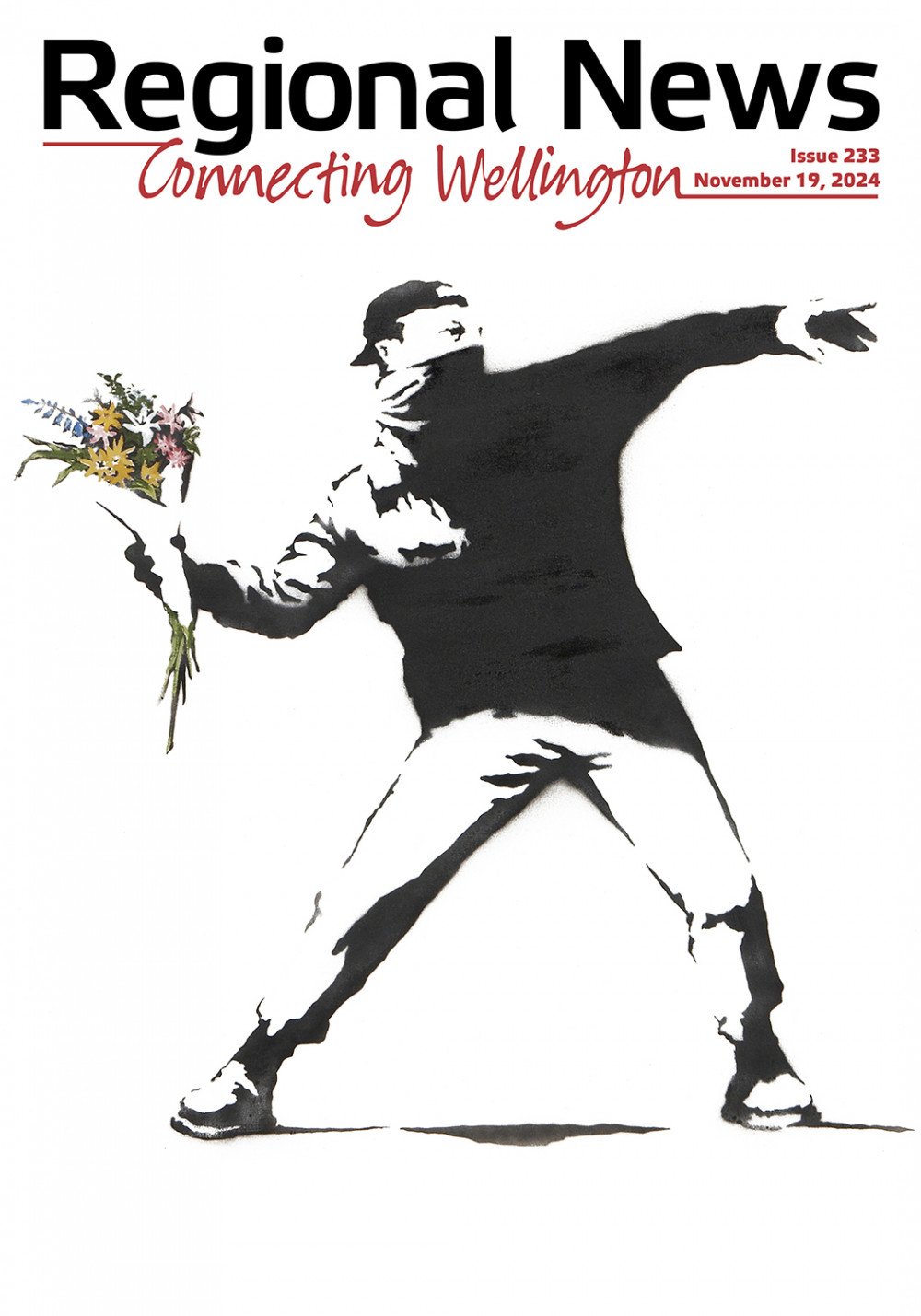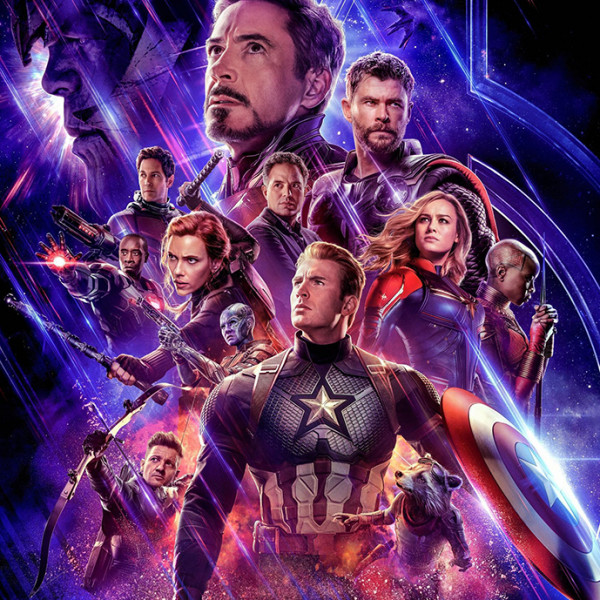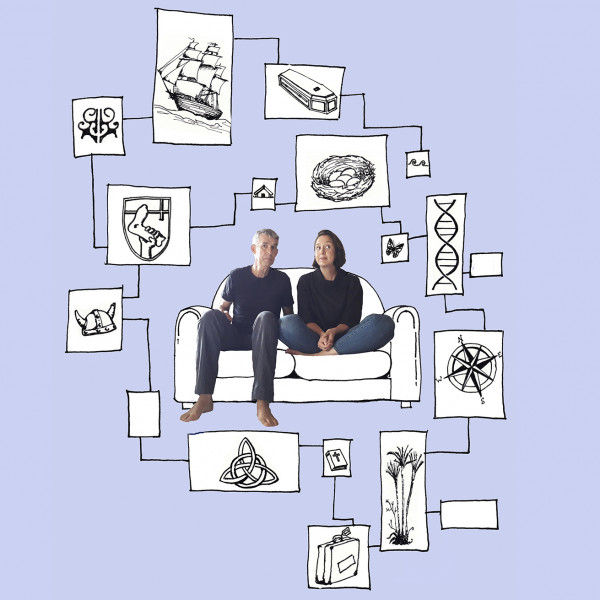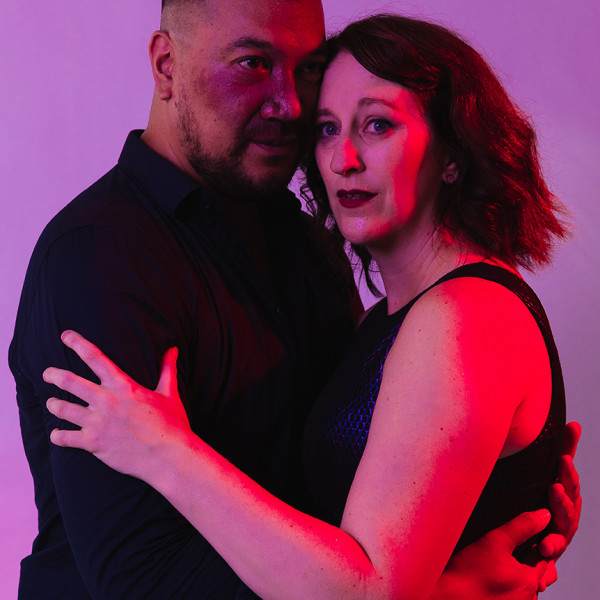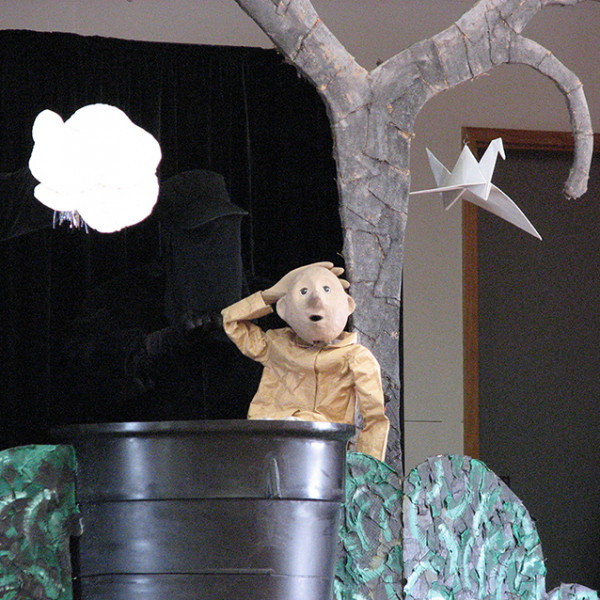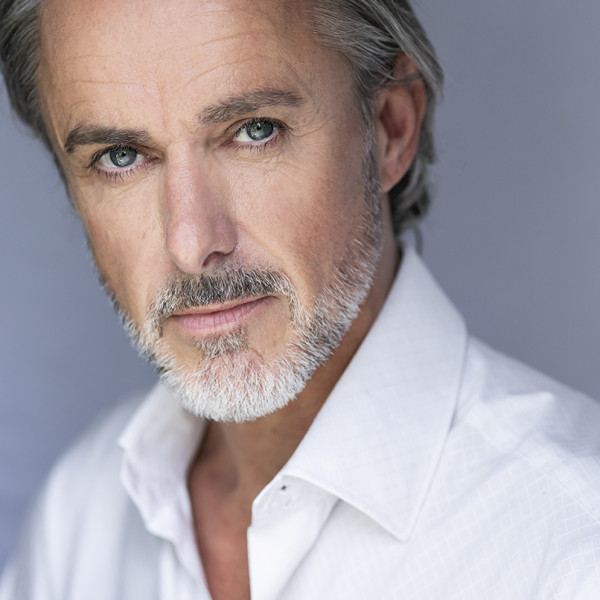
Waiting for Godot
Written by: Samuel Beckett
Directed by: Ross Jolly
Running at Circa Theatre until 1st Jun 2019
Reviewed by: Madelaine Empson
Waiting for Godot is a play in which two homeless men, Didi (Andrew Foster) and Gogo (Jeff Kingsford-Brown), wait for someone who never arrives. Pozzo (Peter Hambleton), a rich and well-fed aristocrat, walks past twice with his slave Lucky (Jack Buchanan). The first time, he sits down and eats chicken, and the second time he falls over, suddenly blind. And “in the meantime”, says Gogo, “nothing happens.”
Needless to say, Waiting for Godot is pretty sparse in terms of plot. I’ve written essays about what it all means in the past, but in the spirit of brevity, I think it boils down to the epitome of the existential crisis. It’s a play that audiences and theatre-makers interpret in different ways, bringing their own subtexts and histories to the table. Productions can therefore vary quite wildly. Ross Jolly has here delivered a relatively straight retelling with a traditional set (Foster), but his expert direction means that although “nothing happens”, we’re never bored.
Almost every beat of this production feels alive. Every word is uttered with electric energy by the exceptional cast, the chemistry crackling between our two leads. Put Foster’s reserved, tender, and cynical approach together with Kingsford-Brown’s bumbling affection, and Didi and Gogo’s relationship becomes quite touching.
Hambleton is a show-stealer, delivering delicious one-liners with snarky smirks as entitlement oozes out of the chicken bones he so idly throws away. And yet he is still (almost) likeable. Buchanan’s commitment to embodying a broken man makes him unrecognisable. When the doubled-over Lucky is forced to “think”, Buchanan’s outburst is profound and painful to witness, even eliciting a mid-show clap.
Marcus McShane’s lighting design complements the gloomy mood, while Sheila Horton does well to distinguish class with filthy and immaculate clothing.
Overall, it’s the dynamic pace of this production that drives the non-action ever-forward, keeping us engaged at every turn. If you want to get completely lost in the theatre for a couple of hours, Waiting for Godot is the one.



